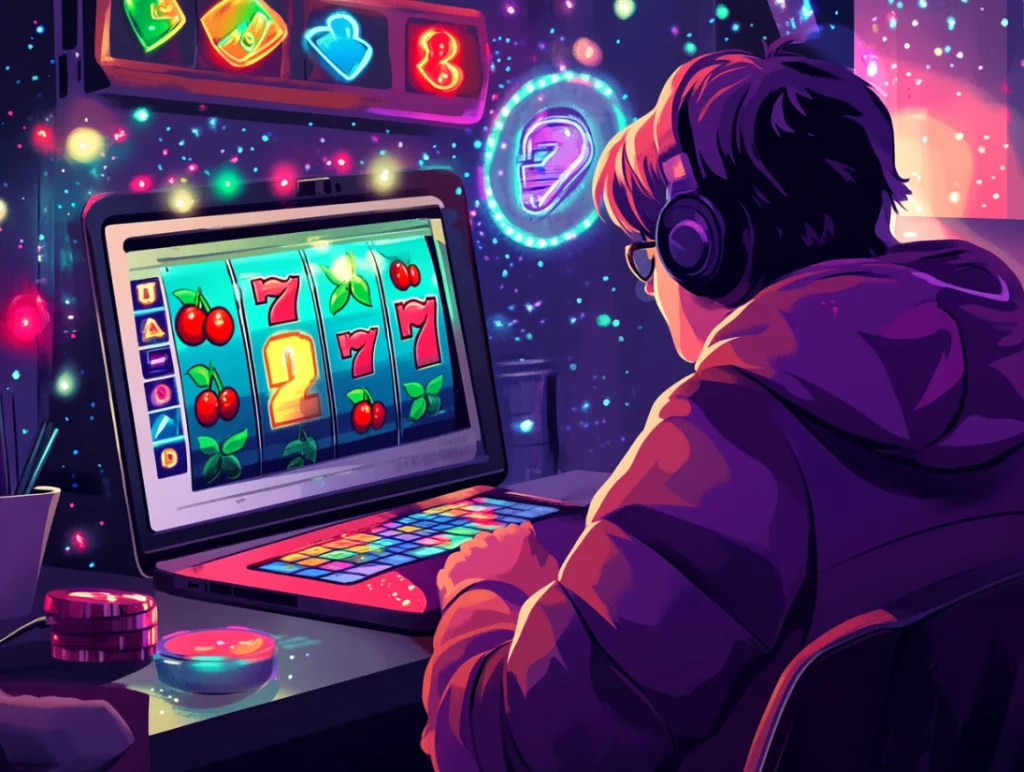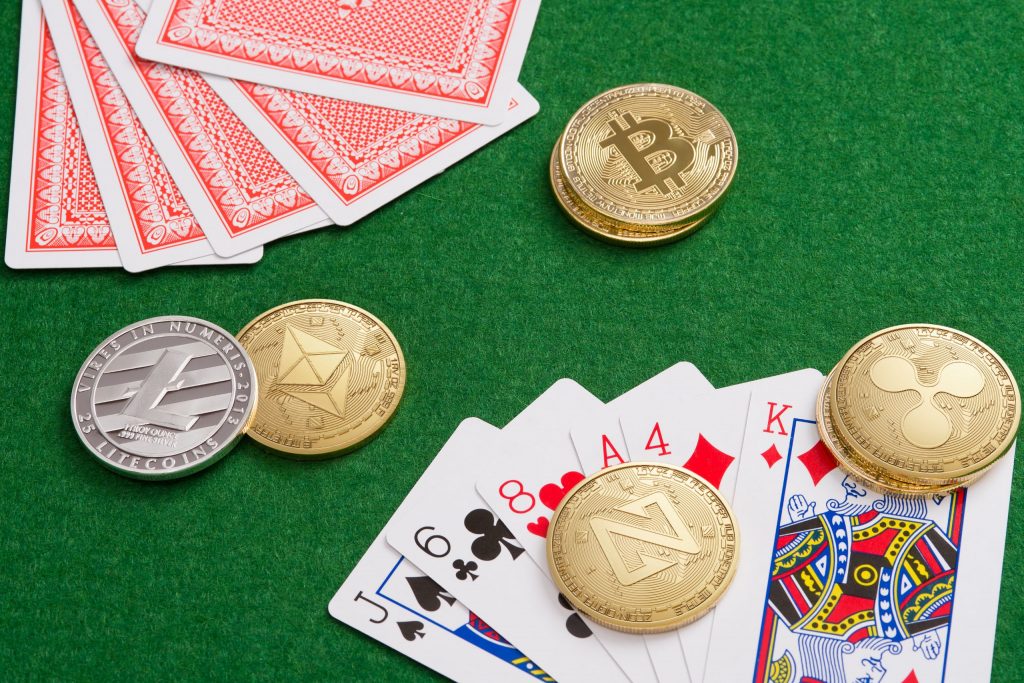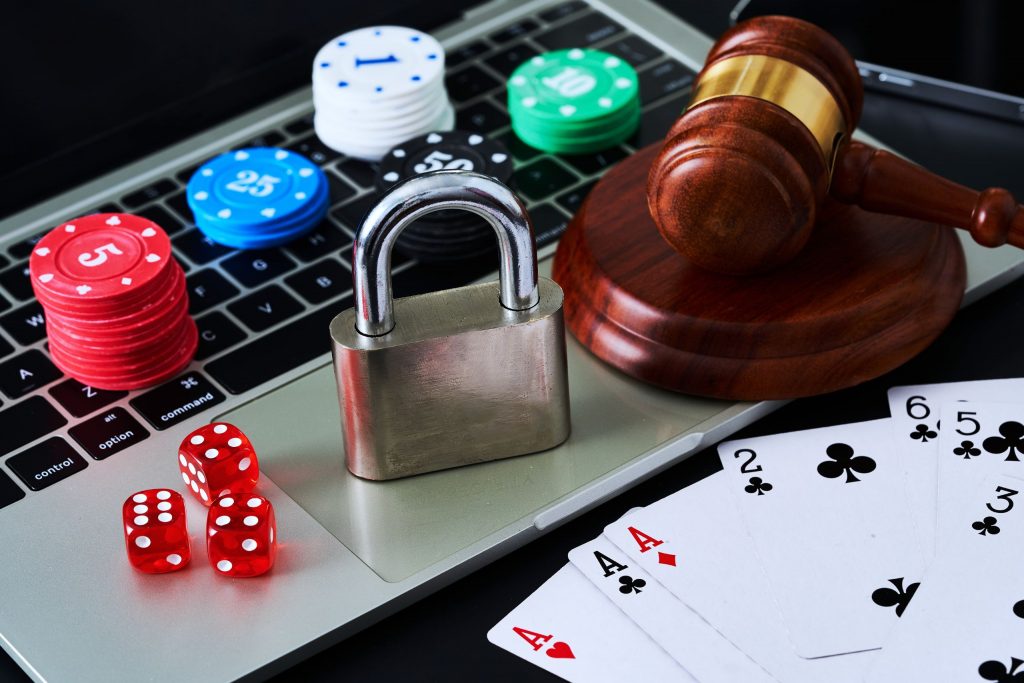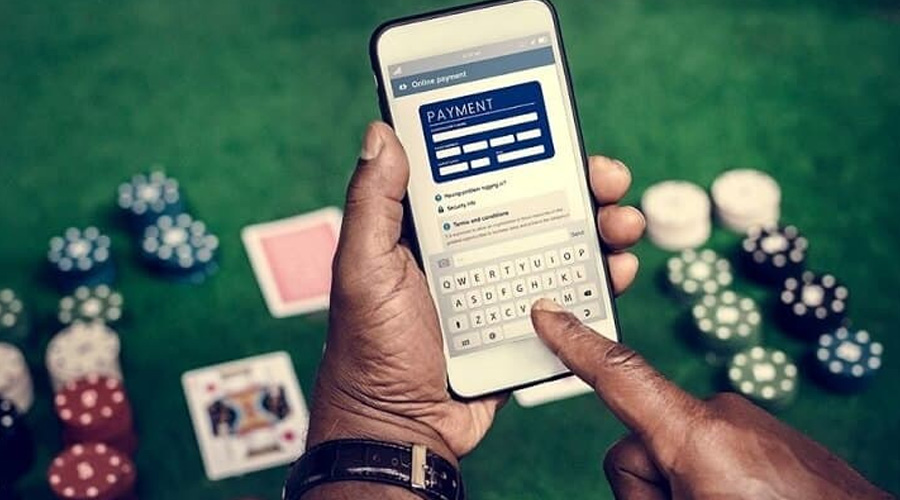Rekomendasi Game Slot Online Terpopuler 2025
Industri game slot gacor gampang menang terus berkembang pesat di tahun 2025, menawarkan berbagai pilihan game yang menarik dan menghibur. Bagi para pecinta game, menemukan game slot terpopuler dapat meningkatkan kesenangan dan peluang menang. Dengan memahami…

























